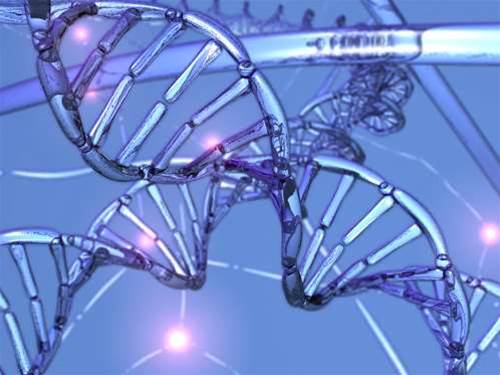
Researchers from the Keio University Institute for Advanced Biosciences and Keio University Shonan Fujisawa Campus in Tokyo have succeeded in creating an artificial DNA containing the data to be preserved.
Each artificial DNA strand can hold up to 100 bits of data and is preserved by making multiple copies of the DNA and inserting the original as well as the identical copies into the bacterial genome sequence.
It is these copies that work as back-ups of the data to counteract natural degradation.
The researchers managed to encode the phrase E=MC2 1905, Einstein's world famous equation and the year he announced it, into the genome of a strain of bacteria called Bacillus Subtilis. This message was then recovered some time later from the bacteria.
The process is currently very slow, taking several days, but the technique may prove very useful for data where speed is less of an issue, but longevity is important.
Current data storage only lasts around 100 years, but this technology could allow the safe storage of data for millions of years.
Professor Yoshiaki Ohashi, who led the study, said: "Information storage using DNA is robust for more than one hundred million years."
According to the researchers, bacteria have particularly compact DNA which is passed down from generation to generation.
Although mutations do occur as the data is passed from generation to generation, the rate should be slow enough to maintain the data integrity.
Ohashi added that the process would work equally well in more complex living organisms such as plants, fruit and insects.
Other applications are to create living data storage for nano-computers, or to tag an organism for life using a unique identifier strand inserted into the DNA.
Some commentators have raised concerns about the technique being used in industrial or international espionage and data smuggling should it become mainstream.

_(20).jpg&h=140&w=231&c=1&s=0)

.png&h=140&w=231&c=1&s=0)




_(26).jpg&w=100&c=1&s=0)

 iTnews Executive Retreat - Security Leaders Edition
iTnews Executive Retreat - Security Leaders Edition











_(1).jpg&h=140&w=231&c=1&s=0)



